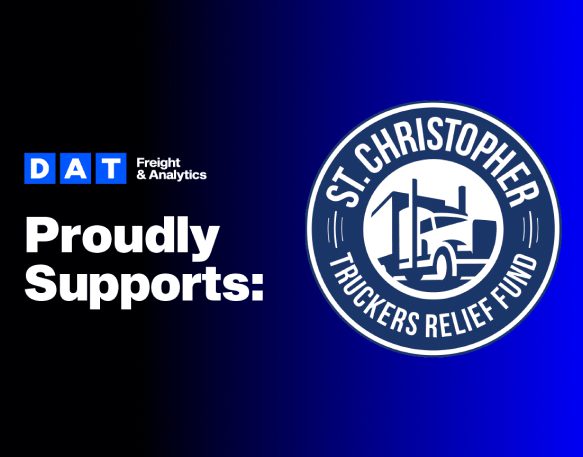
Shippers navigate a variety of risks across their transportation network. Severe weather, fluctuating capacity, demand swings, labor issues, mechanical failures, and infrastructure obstacles disrupt deliveries and lead to delays. In addition, cyberattacks and digitally-enabled cargo theft have emerged as new risks amid the rise of interconnected supply chains. Cybercriminals are increasingly targeting digital supply chains to steal and export goods across the black market. In 2023, the value of stolen U.S. supply chain goods eclipsed $44 million after a 128% increase in truckload thefts.
Advanced technologies are critical for shippers to optimize costs and enhance efficiency. However, digitalization also leaves them vulnerable to risk. Hackers can infiltrate TMS systems to track and trace routes they are targeting for cargo theft. In addition, IT system breaches can lead to equipment malfunctions that affect production, delivery, storage, and worker safety. Shippers should continually refine their security architecture to ensure products, profits, and people are protected from cyber threats.
DAT is committed to helping customers fight fraud by protecting their devices and data. For Cybersecurity Awareness Month, consider these four questions as you maintain a strong security posture:
Do we know our vulnerabilities?
For shippers, that means conducting asset audits that document every device in their technology stack and the data assets they share. In addition, it’s important to know whether the equipment was designed for connected applications (as opposed to using Internet of Things [IoT] additions) to mitigate the risk of zero-day exploits.
Do we know our equipment?
Strong cybersecurity practices are all about operational understanding. Shippers should tap operations experts to determine minimum operating thresholds (the equipment or processes that must continue to prevent hazards) and physical controls used to mitigate harm within your facilities or fleets. This information will help IT teams rank equipment by its criticality when developing security programs and response plans.
Do we know our impact?
Understanding the correlation between cyber risk and business risk is non-negotiable today. Cyberattacks aren’t just a technology problem for shippers – they are a critical threat to overall enterprise health. Conduct continual risk assessments and penetration testing to determine the business impact of breaches within key functions of the business. Connecting cyber threats to operational downtime, financial losses, and brand loyalty helps indicate what systems to prioritize with layered defenses and zero trust controls.
Do we know our partners?
Software supply chain attacks are an effective way for cybercriminals to move laterally through your network undetected. For shippers, it’s important to prioritize cyber resilience during third-party partnership decisions. Only work with vendors that have strong security controls in place, and complete routine cyber audits across your transportation network partners to uncover new vulnerabilities that arise.
The cyber threat landscape is complex and constantly evolving, but shippers can take proactive steps to ensure their transportation network is protected. As we close out Cybersecurity Awareness Month, connect with DAT iQ to learn more about safeguarding your digital supply chain.


